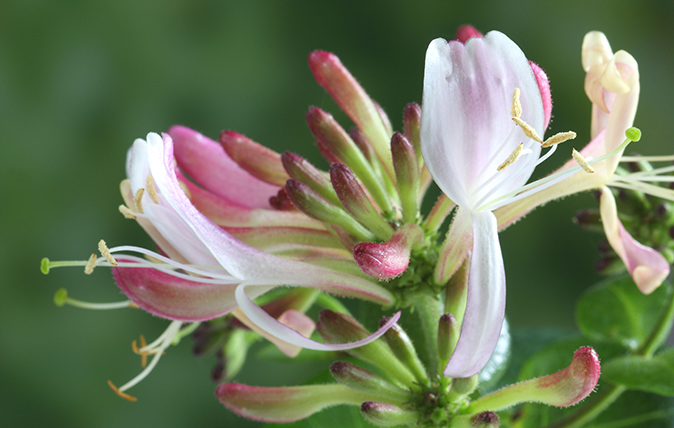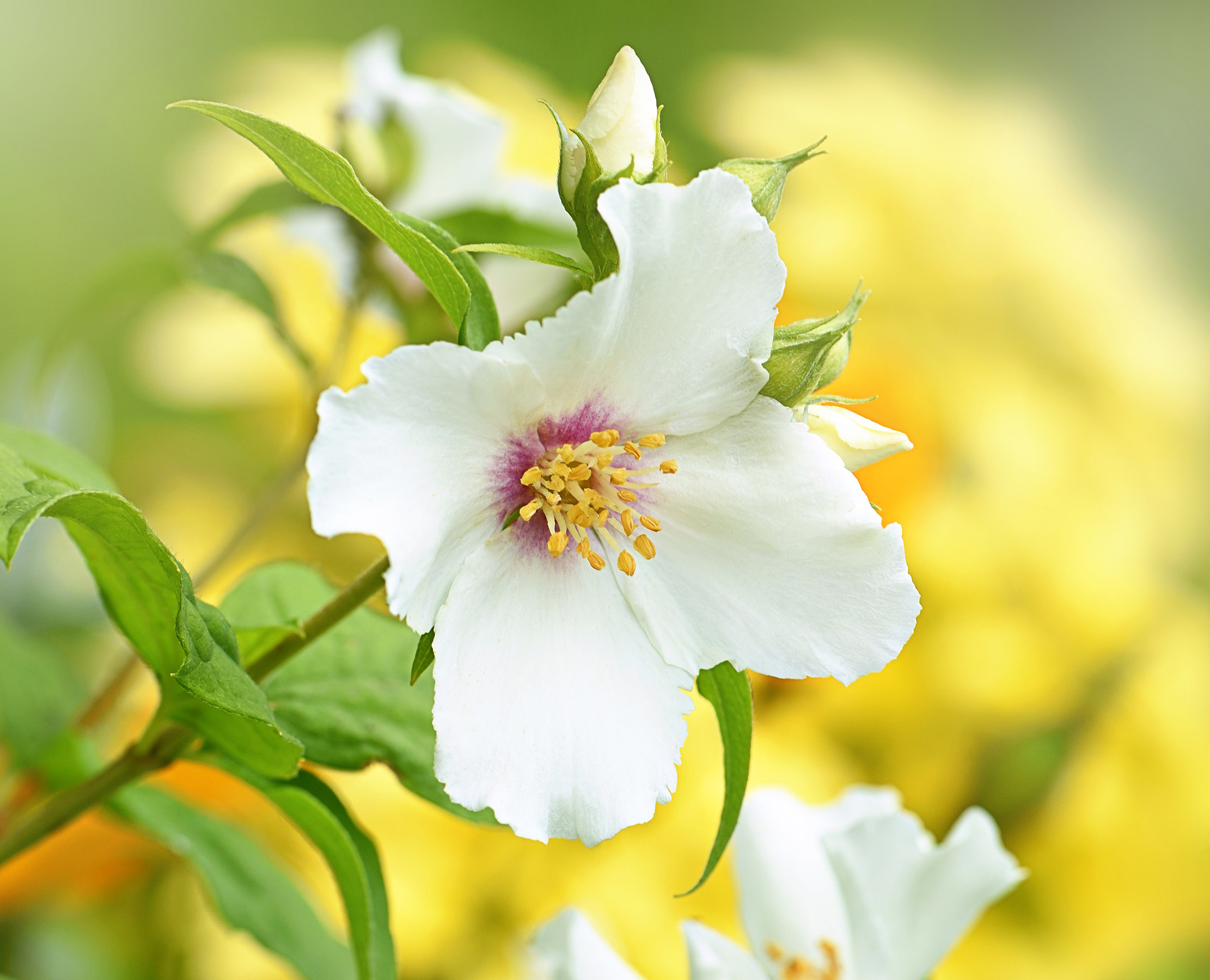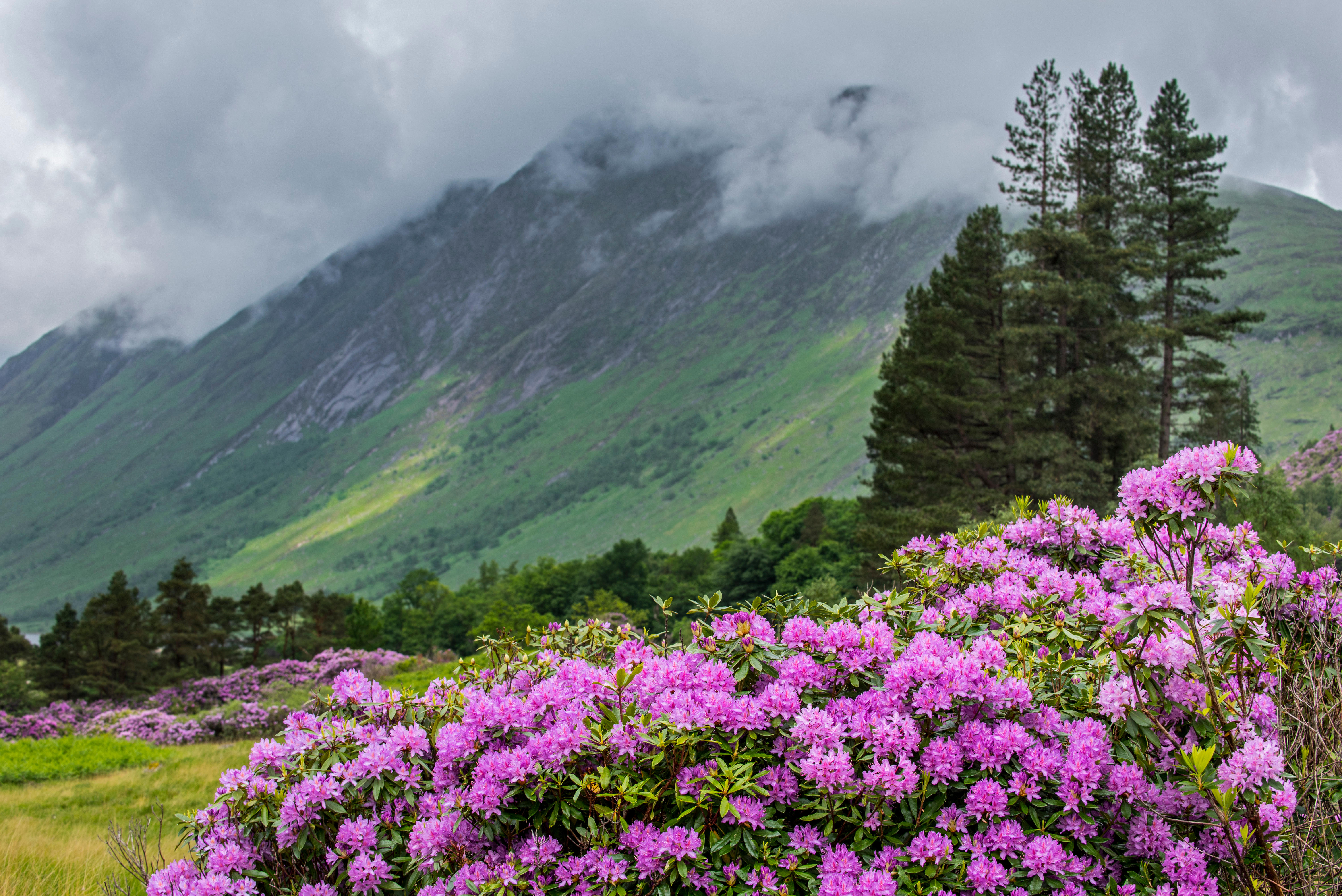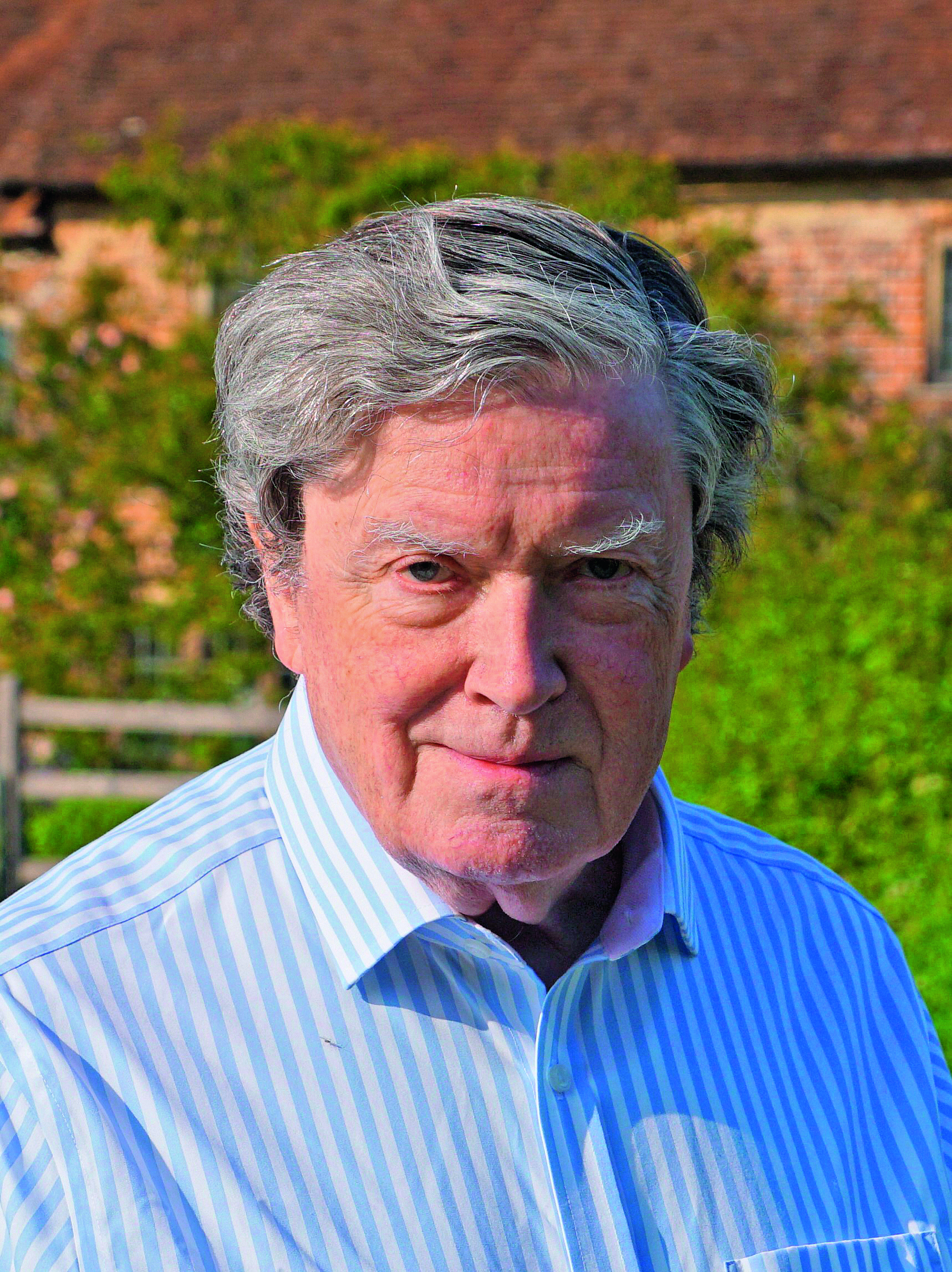Charles Quest-Ritson: English gardens are the envy of the world, but the countryside is even greater
Reminiscing on an encounter with a group of garden tourists gives our columnist pause for thought about the nature of horticultural beauty.


Some years ago, I took a group of a dozen Australians on a tour of English gardens. They were an amusing lot and we had a very jolly 10 days together — I was the host and was expected to know the gardens and the plant names (which, by and large, I did) and to make sure the guests enjoyed themselves. No problem with a group of such up-front enthusiasts in a state of horticultural ecstasy from start to finish. I enjoyed their energy, their conversation and their sometimes fruity language.
An English girl called Nicky was the person who did all the hard work, sorting out the inevitable problems that have to be seamlessly solved if the holiday is to be a success. Which it was.
One couple were English expats who emigrated to Victoria in early middle age and decided to stay on in retirement. The husband had enjoyed a good career as headmaster of an English public school before taking up a similar post at an Australian private school. Did they not hanker after the good things they left behind in England? No, they replied, their own children had come with them and Australia offered everything that any of them could want. Then why were they coming on a tour of English gardens? Because they had seen so many beautiful pictures of them and wanted to see them themselves. The obvious reason, in fact. They thought that perhaps they might pick up some ideas for their garden in Gippsland, too.
The tour took place in May and began with the Chelsea Flower Show. It’s easy to be blasé about Chelsea (less so after its cancellation this year, perhaps), to whinge about the show gardens or say it’s dreadfully crowded nowadays. The Australians loved it. In fact, they were gobsmacked.
It was not only the number and quality of the exhibits that wowed them, but the immense variety of different plants assembled, some carefully forced into flower ahead of their due season and others held back in fridges, so that all were presented at their best for visitors to the show. They weren’t impressed by some of the stands that I thought wonderfully interesting — those exotic acacias were pestilential weeds back home — but they were intrigued by Alpine plants, impossible to grow in their hot continent, and by others whose name they knew, but had never seen. ‘So that’s what a snowdrop looks like! Well, strike me dead!’
Then we set off to visit the gardens. Sissinghurst and Great Dixter, Wakehurst and Hever — all were exactly what the Australians hoped to find, and more than. These were the gardens they had come to see, to walk through, ponder and photograph.
No one could ever be disappointed by Hidcote or Kiftsgate, which were judged better than anyone expected. The Jekyll/Lutyens garden at Hestercombe and the Peto garden at Iford were humdingers and served to confirm in everyone’s mind that England was the best place in the world for gardens.
Exquisite houses, the beauty of Nature, and how to get the most from your life, straight to your inbox.

I must confess that we did rather lay on the creamy Englishness of it all. We stayed in upmarket hotels — the Randolph in Oxford was a favourite — and we took our lunches in olde-worlde pubs and National Trust restaurants (Trust gift shops proved exceptionally popular). They were a good group and got on well with each other.
Every so often they had a ‘free evening’, ostensibly to let them go exploring on their own, but really to give me and Nicky a break. On one such evening, when we were staying in Bath, we decided we would all go out and eat together in the Pump Rooms. Our wander round the Roman Baths, the noble architecture, the music of the Pump Rooms trio and supper from Searcys all made deep impressions. One of the Australians told me afterwards that it had been the highlight of the tour.
But what was the highlight for most of the punters? The hotels, the pubs and the experience of English life? Or the gardens and, if so, which one? I asked the retired headmaster and his wife.
None of those things. It was the English countryside that tugged at their heartstrings. They had forgotten the beauty of spring, the hedges of hawthorn and elderflower, the infinite shades of green of an English woodland, the sense of freshness and lushness so different from the blue forests of eucalyptus trees at home.
When they got back to their acres in Gippsland, they would plant beeches, wild cherries and English oaks, underplanted with cobnuts, hawthorns and elders. They would encourage springtime beauties, such as primroses and wood anemones. They might even try planting some snowdrops.

The best honeysuckle to grow in your garden – especially if they’re gifts from now-departed friends
Charles Quest-Ritson extols the virtues of delightful honeysuckle.

Charles Quest-Ritson: What English country gardeners can learn from their German counterparts
Charles Quest-Ritson has spent years making trips to Germany to gather ideas and new plants — but is puzzled that nobody

Credit: Getty Images
Charles Quest-Ritson: Why every gardener in Britain should be growing philadelphus
Charles Quest-Ritson's list of flowers that every garden should own includes the usual names — rose, daffodil, clematis. But he'd also

Credit: Alamy
Rhododendrons: A beautiful excuse to lose the battle against invading flowers
Charles Quest-Ritson explains why these gorgeous purple flowers are not such a bad thing, really.
Charles Quest-Ritson is a historian and writer about plants and gardens. His books include The English Garden: A Social History; Gardens of Europe; and Ninfa: The Most Romantic Garden in the World. He is a great enthusiast for roses — he wrote the RHS Encyclopedia of Roses jointly with his wife Brigid and spent five years writing his definitive Climbing Roses of the World (descriptions of 1,6oo varieties!). Food is another passion: he was the first Englishman to qualify as an olive oil taster in accordance with EU norms. He has lectured in five languages and in all six continents except Antarctica, where he missed his chance when his son-in-law was Governor of the Falkland Islands.
